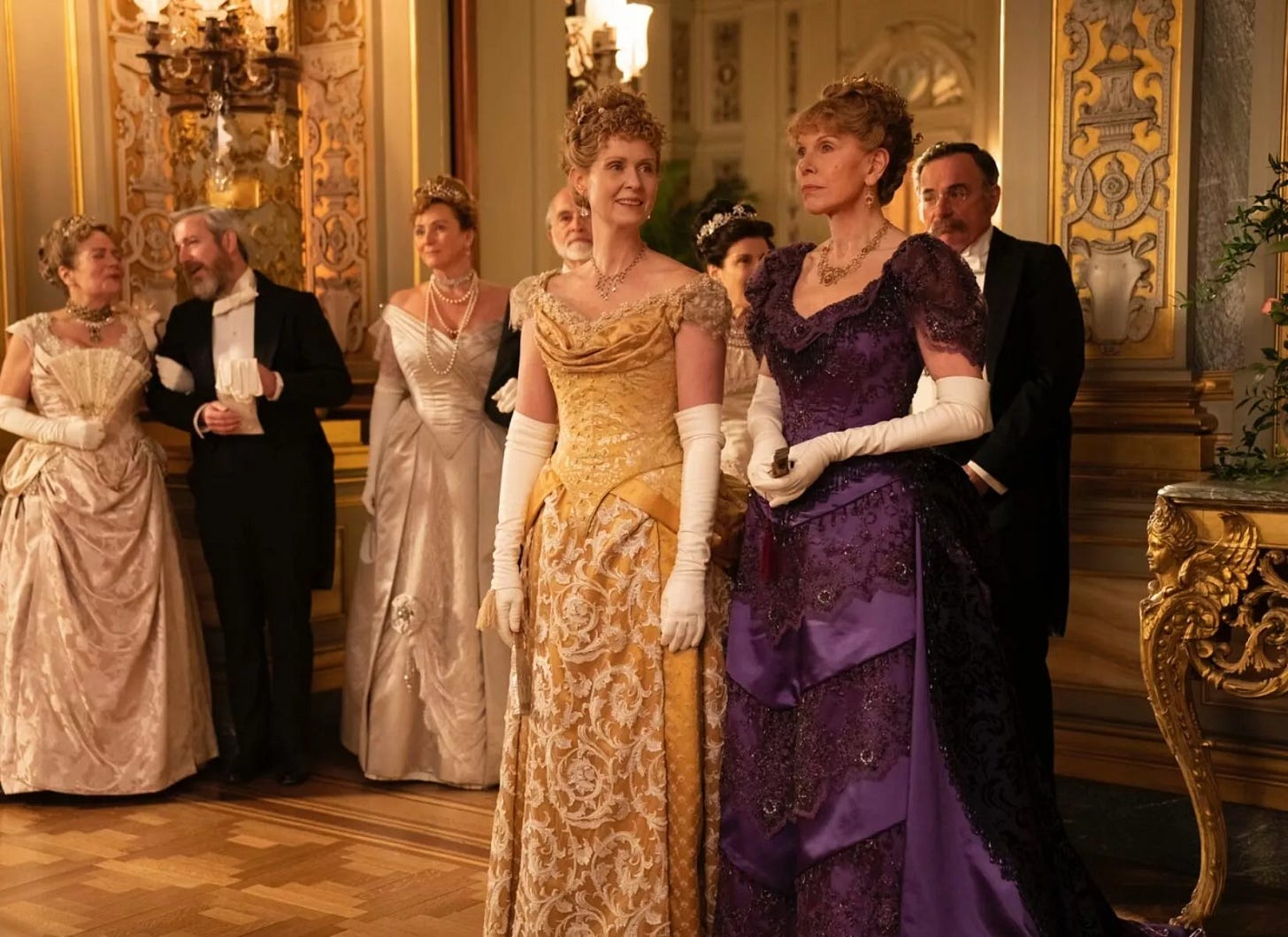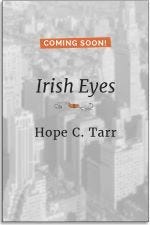Let me tell you how it will be
There's one for you, nineteen for me
'Cause I'm the taxman
Yeah, I'm the taxmanShould five percent appear too small
Be thankful I don't take it all
'Cause I'm the taxman
Yeah, I'm the taxman
The Beatles 1966 song sums up how a lot of us feel come mid-April. Personally, I find the annual ritual of reviewing the past year’s receipts exhausting but illuminating, shedding light not only on how I spent my money but, equally or more importantly, how I spent my time. Speaking of time, I recommend investing a few minutes of yours to check out my friend, Suzan Colon’s recent post on the occasional necessity of stealing an hour (or several). I took Suzan’s advice yesterday, hence not getting this posted on actual tax day. Mea culpa.
I first became interested in taxation as a history topic ten years ago on a trip to historic Newport, Rhode Island. In its turn-of-the-century heyday, Newport was a summer resort for the uber wealthy, who built sumptuous “summer cottages” (mansions) along Bellevue Avenue. On a tour of the most famous of these “cottages,” The Breakers (built 1893 - 1895 by Mr. and Mrs. Cornelius Vanderbilt II)1 — we entered a large formal dining room where the walls were paneled in platinum. Not gold, platinum.
“Wow,” I thought to myself, “these Gilded Age folks really took their epithet to heart.”
Coined by Mark Twain, the Gilded Age2 spanned approximately forty years (1870-1910) and saw a then unprecedented shift in the U.S. economy, with new technologies exploding industry and transportation. Much like Big Tech today, this seismic shift birthed a new breed of massively wealthy people with lots of disposable income.
The original one-percenters, Messieurs Vanderbilt, Morgan, Ford, Carnegie and Rockefeller and their cohort spared no expense in ensuring that their legacies would live on. Today, we see their names displayed on the facades of museums, libraries, colleges and universities and other public buildings they built and/or endowed.

But it behooves us to remember that these captains of commerce were looked down on in their lifetimes. Shunned by the old money families of the era, i.e., Mrs. Caroline Astor’s Four Hundred, these brash, nouveau riche robber barons spent astronomical amounts to construct their personal pleasure palaces, in the process creating their own high society with its unique rules of propriety and pecking order.
Anyone who has watched Julian Fellowes’ The Gilded Age on HBO can attest to the comical and sometimes terrifying lengths that social climber, “Bertha Russell” goes in relentlessly attempting to buy her and her family’s way into society’s top drawer.

Newport’s golden age is immortalized and pilloried in Edith Wharton’s 1920 masterpiece novel, The Age of Innocence. Wharton definitely wrote what she knew. Her own oceanfront Newport “cottage",” Land’s End, for which she and her husband paid $800,000 in 1893 survives as a private home.3 In 2020, it sold for $8.6 million.4
Making all this sumptuous, over-the-top spending possible was… ((cue segue)) … NO income tax!
According to the Library of Congress, income tax as we know it wasn’t instituted in the U.S. until the early twentieth century, with the passage of the 16th Amendment, on July 2, 1909. Ratified February 3, 1913, the new law dropped the curtain on the Gilded Age.5
Earlier attempts at levying federal taxes on individuals were mostly unsuccessful. During the Civil War, Congress passed the Revenue Act of 1861 which included a tax on personal incomes to help pay for the war. Ten years later, the tax was repealed. In 1894 Congress enacted a flat rate federal income tax, which the U.S. Supreme Court ruled unconstitutional the following year because it was a direct tax not apportioned according to the population of each state. The 16th amendment, ratified in 1913, overrode this objection by allowing the Federal government to tax the income of individuals without regard to the population of each state.6
The federal income tax was fast followed by the First World War (July 28, 1914 – November 11, 1918; America didn’t join the fighting until late 1917). The Stock Market Crash of 1929, which set off a decade long Great Depression (1929 - 1939), cinched the end of Newport, Oyster Bay and other posh summer playgrounds. Many mansions were abandoned or otherwise relegated to demolition by neglect. Some of the survivors — The Breakers, Marble House, Rose Cliff, The Elms and others — are having a second act as house museums, transporting us back to that brief gaudy hour of platinum paneled walls and dining chairs so massive that servants were required to help guests to and from the table. (For a look at how the other half lived, or actually, the majority of people, I highly recommend the Servants Tour at The Elms).
Share this free public post with fellow history lovers!
Not yet subscribed to History With Hope? You can fix that here.
IRISH EYES (coming December 2023), Book 1 of my American Songbook series, spans twenty-five years of Gilded Age through the Jazz Age Manhattan, as seen through the eyes of spirited Irish-born Rose O’Neill. Read more here.
https://www.newportmansions.org/mansions-and-gardens/the-breakers/
The term “Gilded Age,” coined by Mark Twain, refers to the thin veneer of wealth that covered a less attractive reality. https://www.newportmansions.org/gilded-age/
https://www.rimonthly.com/house-lust-lands-end/
https://www.wsj.com/articles/edith-whartons-former-oceanfront-home-in-newport-fetches-8-6-million-11586461253
https://guides.loc.gov/this-month-in-business-history/april/tax-day
Ibid. https://guides.loc.gov/this-month-in-business-history/april/tax-day






No income tax?? Incredible! And what a sum to pay back then for such an estate... I always learn so much from these posts, and this one was so timely. Glad you stole your time back!
Another wonderful post!